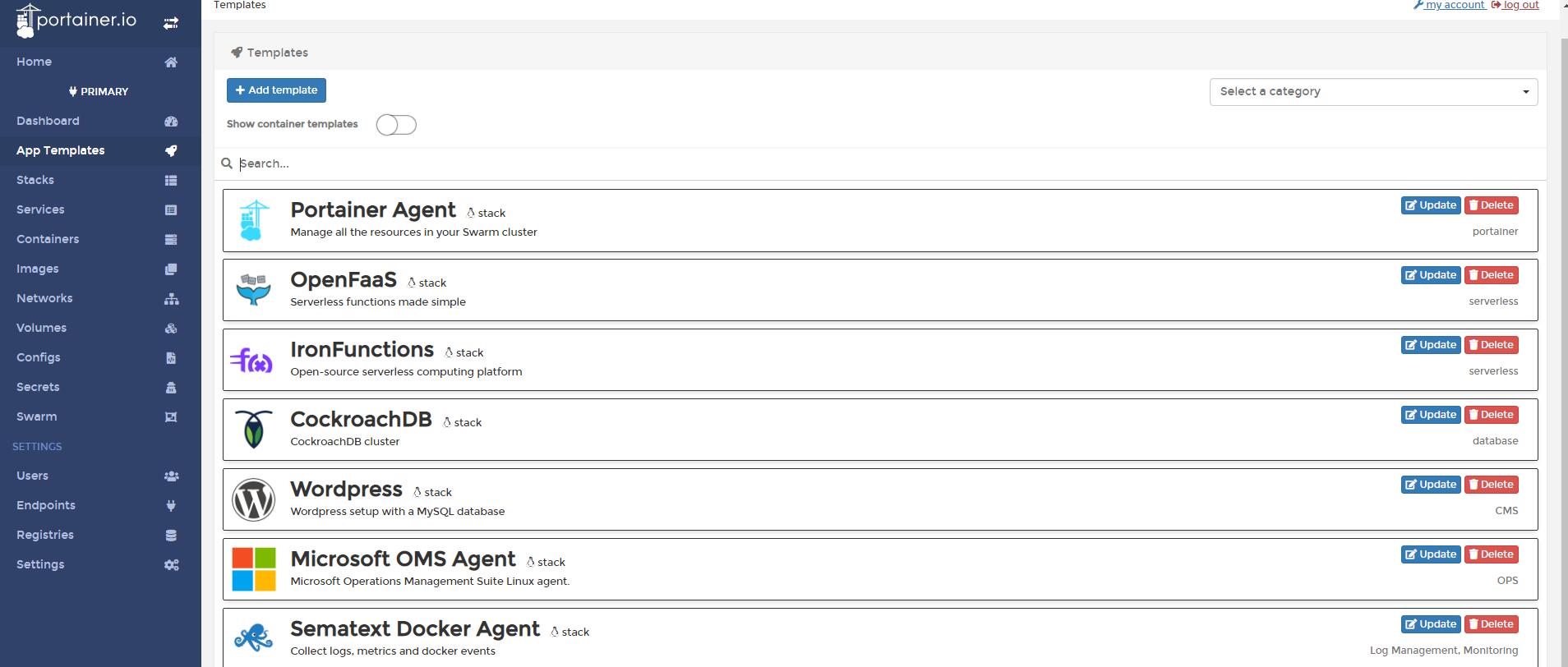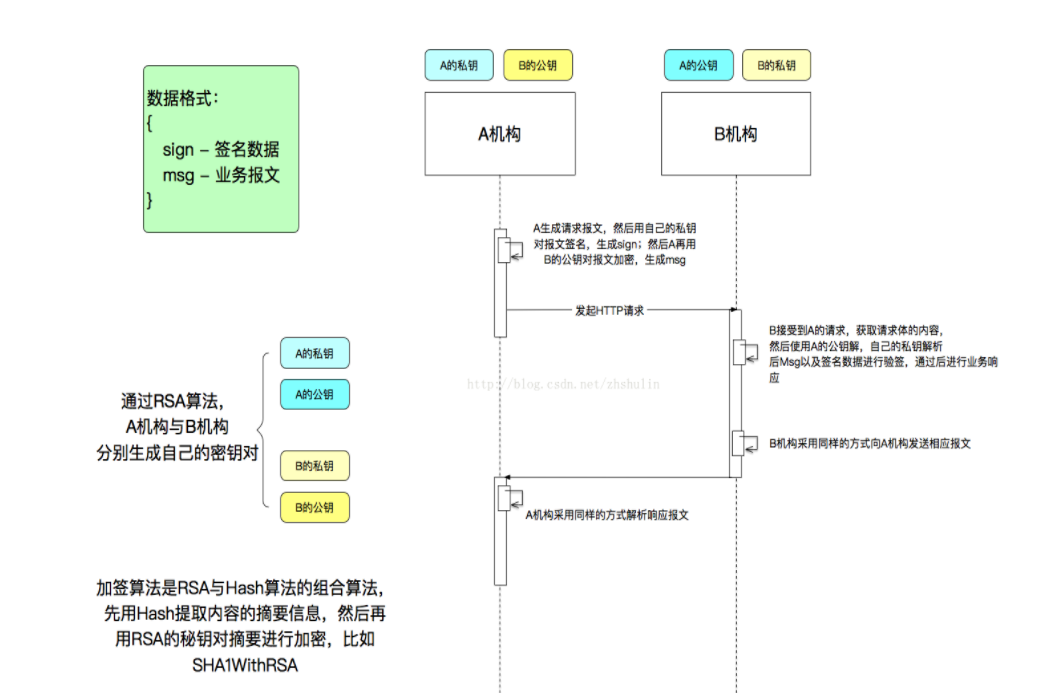I'm trying to implement validation in my WPF application using the IDataErrorInfo interface, and I've encountered a not-so-desirable situation.
I have this template which is used when a control fails to validate
<ControlTemplate x:Key="errorTemplate">
<DockPanel LastChildFill="true">
<Border Background="Red" DockPanel.Dock="Right" Margin="5,0,0,0" Width="20" Height="20" CornerRadius="10"
ToolTip="{Binding ElementName=customAdorner, Path=AdornedElement.(Validation.Errors)[0].ErrorContent}">
<TextBlock Text="!" VerticalAlignment="Center" HorizontalAlignment="Center" FontWeight="Bold" Foreground="White" />
</Border>
<AdornedElementPlaceholder Name="customAdorner" VerticalAlignment="Center" >
<Border BorderBrush="red" BorderThickness="1" />
</AdornedElementPlaceholder>
</DockPanel>
</ControlTemplate>
Everything is well until I try to display something above the control that failed validation, such as displaying a dock item above it:


How can I avoid this and make my error template displayed below the dock item, as it should?
EDIT
I found that I could wrap my TextBox with an AdornerDecorator to fix this, but I really don't want to do this for each and every TextBox control in my application. Is there maybe a way to set it with a Style or some other way?
EDIT 2
I could probably change the default TextBox ControlTemplate to include an AdornerDecorator, but I'm not too keen on changing any of WPF's default control templates. Any other suggestions are welcome.
OK, I found a relatively simple solution which doesn't force me to change any control templates.
Instead of decorating each TextBox with an AdornerDecorator like this
<StackPanel>
<AdornerDecorator>
<TextBox Text={Binding ...} />
</AdornerDecorator>
<AdornerDecorator>
<TextBox Text={Binding ...} />
</AdornerDecorator>
</StackPanel>
I can have the AdornerDecorator wrap my entire view, which achieves the same result.
<AdornerDecorator>
<StackPanel>
<TextBox Text={Binding ...} />
<TextBox Text={Binding ...} />
</StackPanel>
</AdornerDecorator>
This way I can define it at most one time per view.
Based on @AdiLester great answer, if your controls are deriving from a base class and you don't want to put AdornerDecorator in XAML of each control, then go this way:
public class MyBaseUserControl : UserControl
{
public MyBaseUserControl()
{
}
protected override void OnContentChanged(object oldContent, object newContent)
{
base.OnContentChanged(oldContent, newContent);
if (!(newContent is AdornerDecorator))
{
this.RemoveLogicalChild(newContent);
var decorator = new AdornerDecorator();
decorator.Child = newContent as UIElement;
this.Content = decorator;
}
}
}
I would use a style, and here here's an example of one that you can easily adapt.
Note that the ErrorContent is coming from (Validation.Errors).CurrentItem.ErrorContent as opposed to Errors[0]. Although both will work, the latter will litter your output window with swallowed exceptions as outlined here.
<Style x:Key="TextBoxStyle" TargetType="{x:Type TextBox}">
<Setter Property="Margin" Value="0,0,16,0" />
<Setter Property="VerticalAlignment" Value="Center" />
<Setter Property="VerticalContentAlignment" Value="Center" />
<!--
Error handling
-->
<Setter Property="Validation.ErrorTemplate">
<Setter.Value>
<ControlTemplate>
<DockPanel LastChildFill="True">
<TextBlock DockPanel.Dock="Right" Text=" *"
Foreground="Red" FontWeight="Bold" FontSize="16"
ToolTip="{Binding ElementName=placeholder, Path=AdornedElement.(Validation.Errors).CurrentItem.ErrorContent}"/>
<Border BorderBrush="Red" BorderThickness="1">
<AdornedElementPlaceholder Name="placeholder"></AdornedElementPlaceholder>
</Border>
</DockPanel>
</ControlTemplate>
</Setter.Value>
</Setter>
<Style.Triggers>
<Trigger Property="Validation.HasError" Value="True">
<Setter Property="Background" Value="LightYellow"/>
</Trigger>
</Style.Triggers>
</Style>






